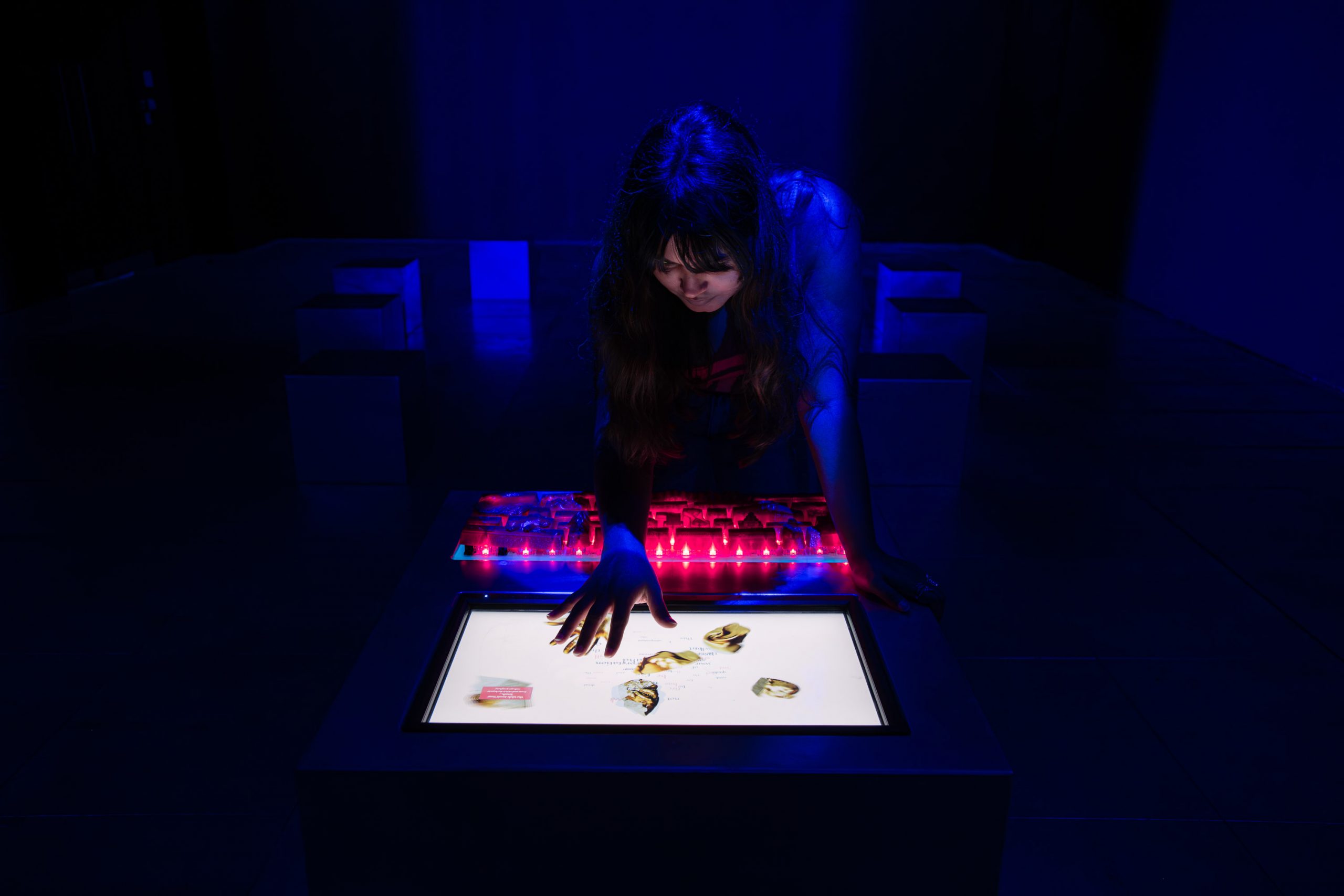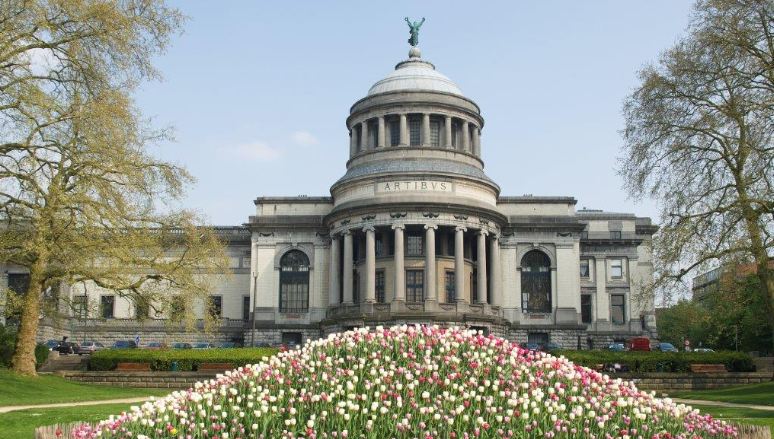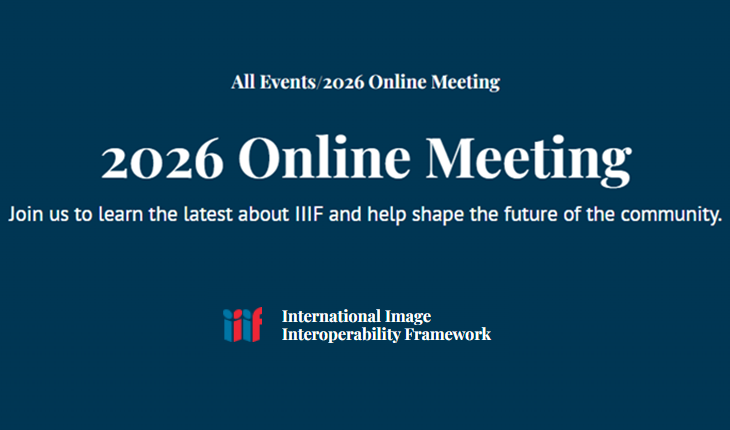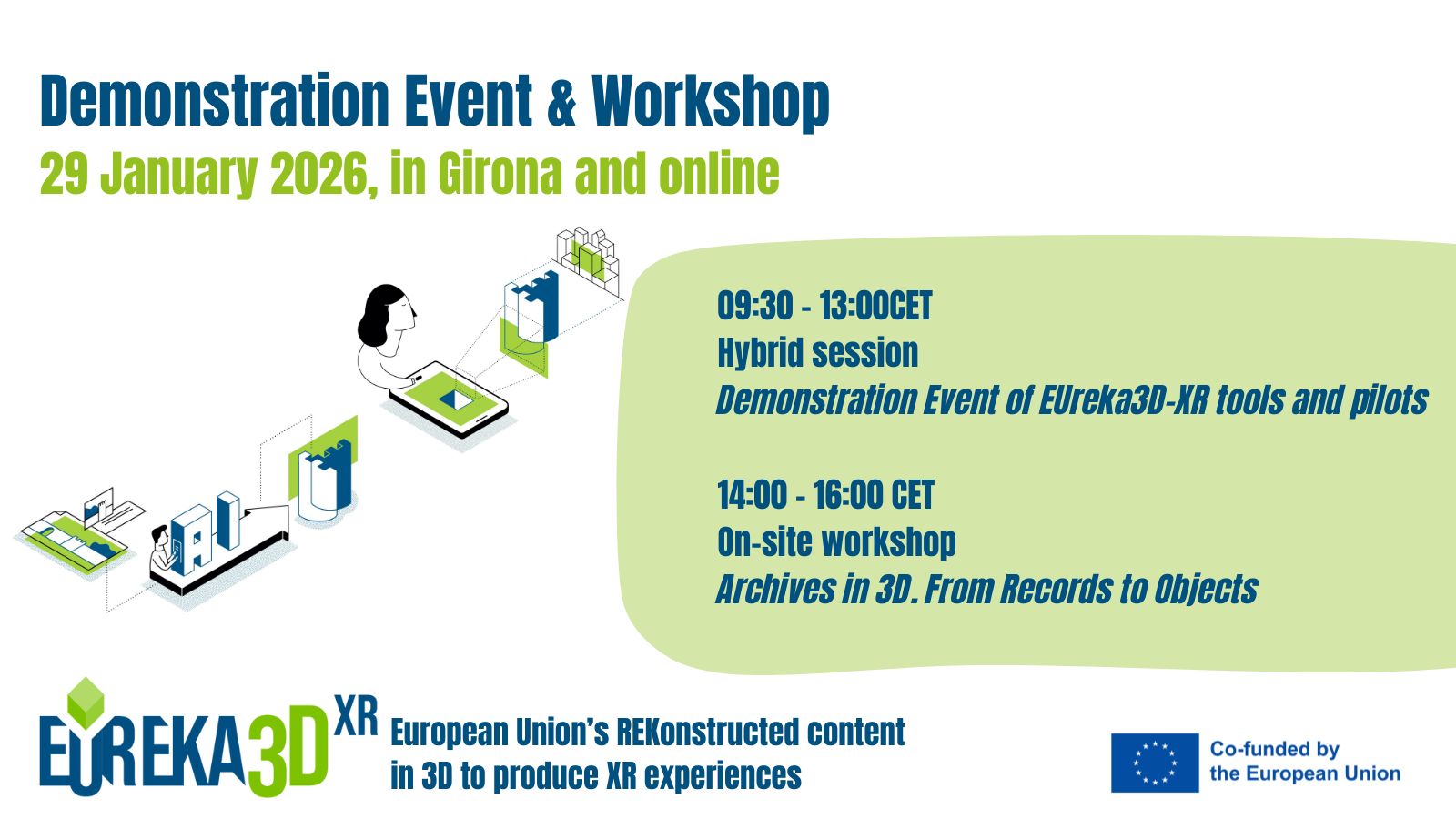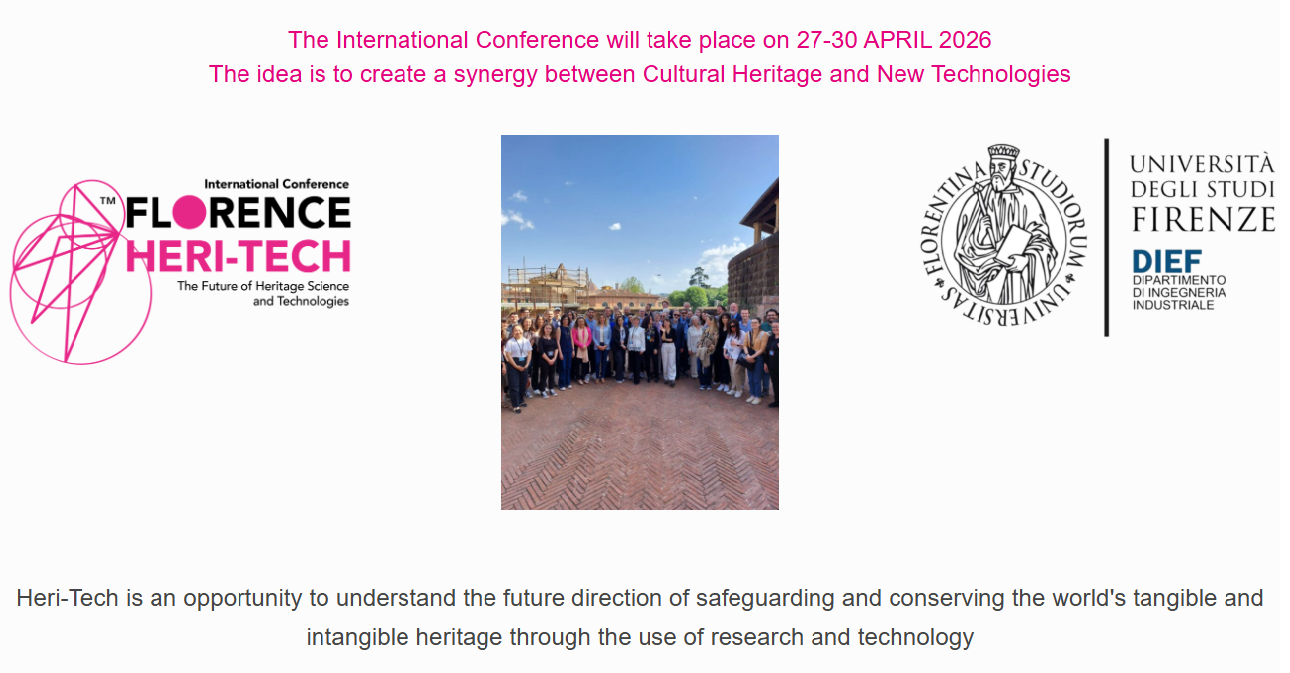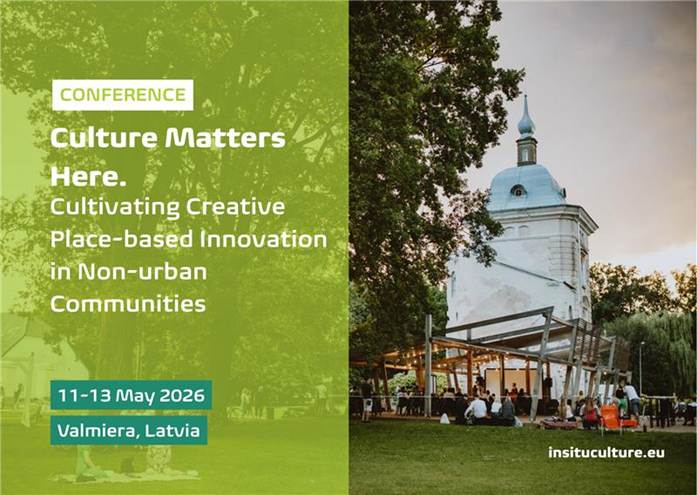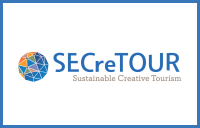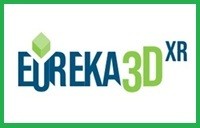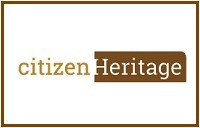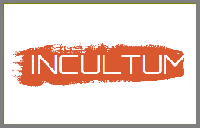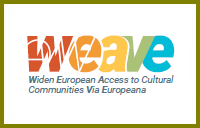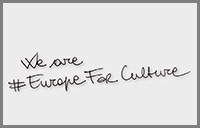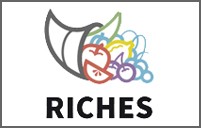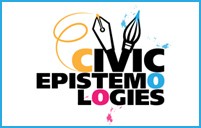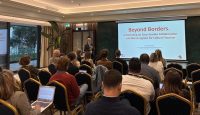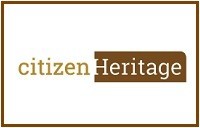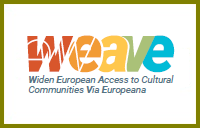The term ‘authenticity’ can be used to describe a thing, including heritage objects, an experience, or a person. In all instances the term conjures up notions of originality, truth and sincerity, or a quality of being real as opposed to being fake. For example, we can speak about ‘an authentic tourist experience’ or about ‘the authentic self’ or ‘an authentic painting’. The notion of ‘authenticity’ has had a long history within the social sciences and humanities and is still commonly used in everyday life. Earlier definitions of authenticity eschewed ideas of commodification, placing greater emphasis on ideas of tradition. An object, for example an artefact in a museum, was deemed authentic if it was made by a traditional artist to serve a traditional function. Objects made for the consumer or tourist were deemed inauthentic. Such definitions have however come under significant criticism in recent years with some critics pointing out the socially-constructed nature of authenticity. Authenticity, in this sense, is negotiable. Such criticisms have led to the development of new ways of thinking about what is authentic, giving rise to terms such as ‘staged authenticity’, used, for example, to describe touristic experiences of particular cultural practices.
Login Status
-
Free text
UPCOMING EVENTS:
 London (UK), 4-6 November 2026
London (UK), 4-6 November 2026Languages & The Media, the Biennial International Conference on Audiovisual Language Transfer in the Media, is gearing up for its 16th edition, scheduled from November 4 to 6, 2026, at Senate House, University of London, UK. Under the theme Moving … Continue reading →
 A new blog published on Europeana in the context of EUreka3D-XR
A new blog published on Europeana in the context of EUreka3D-XRThe story of Girona is the story of its walls – built in Roman times, altered in the Middle Ages, and demolished in the 19th and 20th centuries. Now the walls are being virtually reconstructed in 3D by the EUreka3D-XR … Continue reading →


